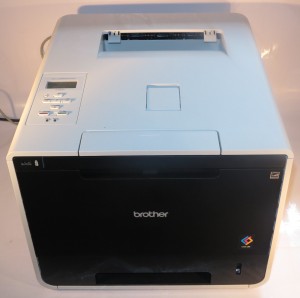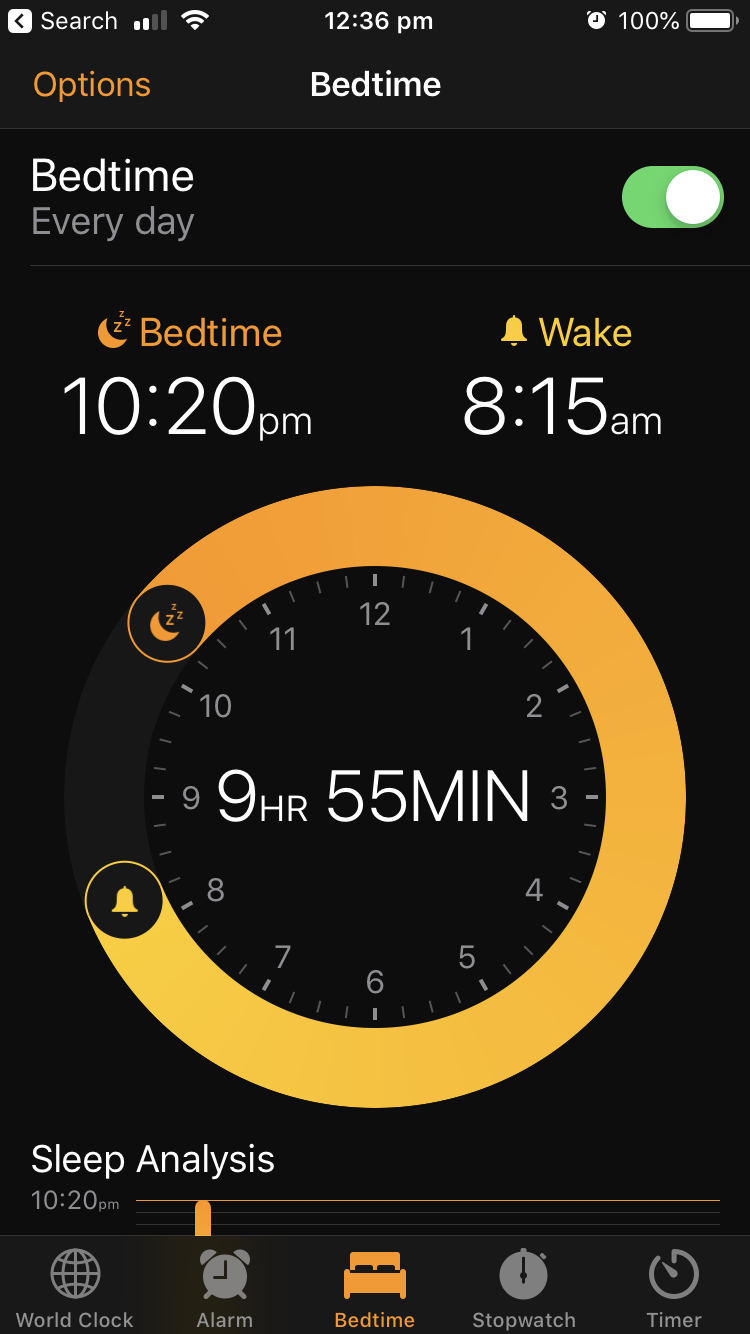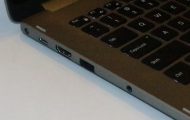Increasingly, it is becoming feasible to turn out flyers and other print-ready material that can be printed on a distributed basis. That is where people can use their own inkjet or laser printers to turn out the material, underscoring the role of these printers as a small-business short-run printing press, or deliver it to a print shop for higher-capacity better-quality printouts. For that matter, the big office-supply-store chains like Office Depot, Staples and Officeworks do this kind of printing for reasonable prices.
Churches and similar organisations can use this method as a way to distribute documents like monthly calendars because the congregants can turn them out using their own printers and pin it up on the fridge. Similarly, the Country Fire Authority used “download-to-print” as a campaign tool in their fight against the reduction of the volunteer firefighters’ role in this fire service.
How do you achieve this?
But how do you do this? Here, you author your document to a known common paper size using your favourite word-processing, desktop-publishing or presentation software and when it is finished and approved, you export it as a PDF file. This file is then placed on your Website for your supporters to download then print or take to a print shop.
This is because the Adobe PDF file format has become the de-facto “electronic hard copy” format and most print shops and copy shops can print from this format. Most printers like a lot of the equipment reviewed on this Website have the ability to print from PDF files held on a USB memory key or similar storage medium just by you selecting the document using the machine’s control panel.
But you may find that using the full Adobe Reader software as downloaded for free from the Adobe Website may provide better results with your Windows or MacOS regular computer. This is more so when you want accurate page layout control from your printer including access to the printer manufacturer’s driver software control panel. In this case, once you have Adobe Reader in place, you open the “download-to-print” file with that software using the “Open With” option your operating system provides. I learnt about this with a volunteer who was doing IT support for a Men’s Shed that I am a member of and he found this out after trial and error printing business cards available as a PDF file on a “short-run printing press” laser printer.
You can use this procedure with email-based campaigns by attaching the PDF file to the email or providing a link to the PDF file on your Website in the email. Here, you need to be sure that the PDF file is a properly-formed PDF file because malformed PDF files can be used to transport malware.
What paper sizes to use
If you are in a country that uses the ISO 216 “A” series of paper sizes such as A3, A4 or A5, the job is made much easier. It is because this paper standard implements what is known as the “silver rectangle” which has the aspect ratio of 1:1.4142135 (square root of 2), thus allowing you to print on a page size smaller or larger in the series than what it was authored for. Here, you can get away with authoring a document for an A4 sheet yet it turns out properly on the large A3 sheet or smaller A5 sheet. This will also appeal because an increasing number of office inkjet printers, especially from Brother, are offering A3 printing.
Countries like the USA may require you to author the document for the targeted paper size like the common Letter paper size. On the other hand, you may have to have a Ledger or Tabloid paper size for something that is to be large or “half-letter” for something that is to be smaller than Letter.
The DL and similar paper sizes are hard to print from an office printer because most of these printers and the PDF software don’t readily support multiple-copies-on-one-sheet or require the operator to perform a lot of trial and error to print these sizes. These are best turned out by a print shop who can then print and cut the documents. On the other hand, you may have to engage staff or volunteers to cut out the documents and this can take a fair bit of time especially with odd-shaped documents.
Use of colour in your campaign
An issue that may crop up with your “download-to-print” effort is the ability to print colour. This will be of concern if one or more people are using monochrome laser printers to turn out their documents.
Here, your goal is to turn out a “best-case” document that looks the part in colour but yields a high-quality black-and-white output when you use that mono laser printer. This is similar to what was achieved for TV through the early years while colour TV came on the scene – the picture had to look adequate on a black-and-white set while being able to look the part on a colour set.
This may not be of concern with documents that are primarily text-based and you use colour to highlight certain words, but if you are using background graphics like photos to decorate the page, make sure that you have good contrast especially around text. You could configure your colour printer’s driver to print the document in greyscale to see how it will look when you print it on a monochrome printer.
Conclusion
Once you know how to choose the proper page size for the “download-to-print” documents and can turn them out as PDF files, you can easily establish that distributed printing campaign whether participants use their office printer or ask a print shop or the local office-supply store to turn out the documents.
Update:
29 July 2019 – to mention the Adobe Reader software as having better control options regarding page layout and printing.





